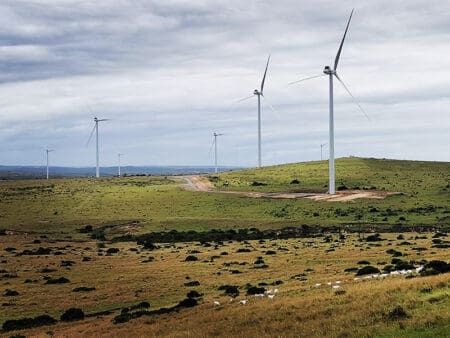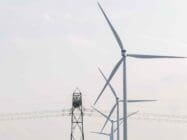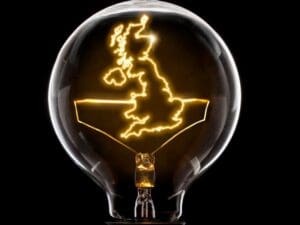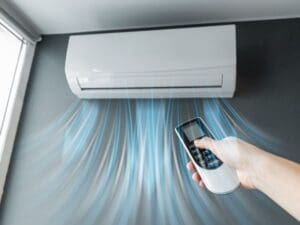
A survey by E.DSO has found multiple factors determining renewables connection lead times with different approaches by DSOs to tackle these.
With grid connection lead times a key issue in accelerating the scale up of renewables, top factors identified include the pre-occupied capacity of the grid although not yet physically congested, permitting, materials shortages and poor qualification of plant connection technical project designers and errors in the projects.
This comes with the majority of survey respondents stating that connection times do not match the expectations of customers or government, although just over half say they do match the expectation of their DSO.
The grids in Europe, as they are elsewhere, are being challenged with the rapid scale up of renewables. Further the pressure is expected to increase with the increased demand of electrification.
Have you read?
Europe’s grids need anticipatory planning and investment – Eurelectric
Gridspertise CEO highlights digital leapfrog opportunities for European DSOs
This is projected to require a five-fold upswing in intermittent generation by 2050.
With the two main technical challenges of network inadequacy and instability, it is the time for grid operators and policymakers to rethink current planning, connection and operation processes as well as to take responsibility for coordinating among energy system stakeholders to construct a future-proof 21st century power grid, states E.DSO in the report, which was prepared in collaboration with McKinsey.
Based on measures taken by DSOs and other input to address these issues, the report sets out recommendations to support the connection of more renewables to the existing grids and to minimise their connection lead times.
Number one is to reduce the permitting times, mainly through automation and digitalisation.
There should be transparent, and ideally EU-harmonised, rules for congestion management to facilitate the use of non-firm connections and transparent rules for handling connection queues, improving information to the client and minimizing the possibility of litigation. .
On technical skills, improvement should be supported, for instance by setting up an online or ‘in person’ training to certify the skills and knowledge necessary to carry out grid connection processes and education programmes should be promoted.
For grid management and planning the use of non-firm connections should be evaluated and reactive power management should be introduced.
Renewables advanced functionalities recommended include the implementation of droop control and digitalisation of the renewable connection.
In addition, smart grid control and ADMS should be leveraged to achieve integrated and real-time observability and control for the entire distribution network and smart inverter functions used at LV level to facilitate grid management and, in turn, possibly enable additional DERs connection.








